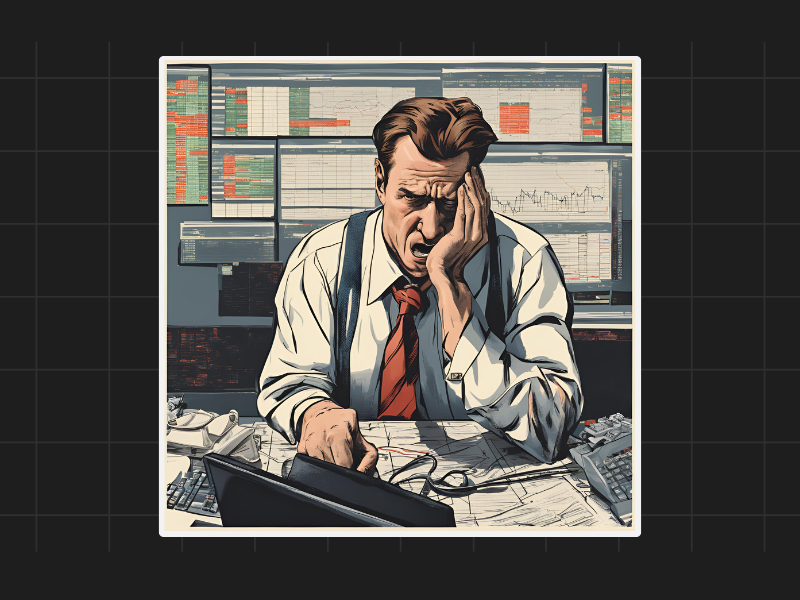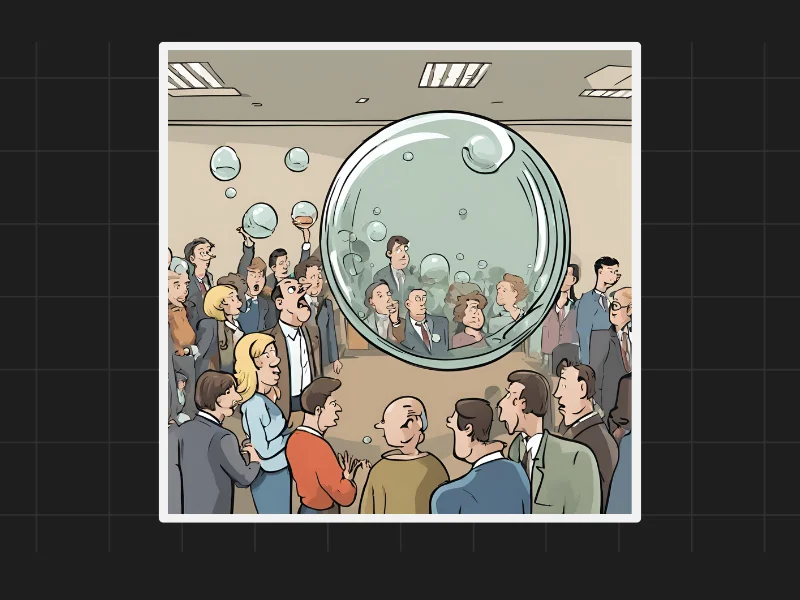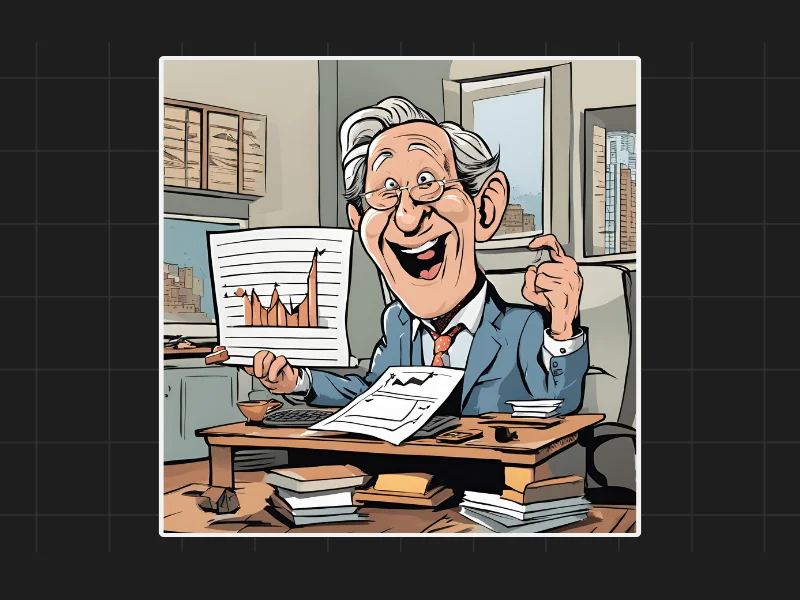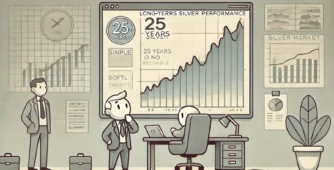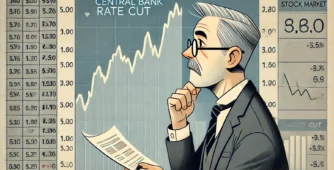The Rise and Fall of Infrastructure Funds
In the mid-2000s, infrastructure funds were booming. Many of these funds started between 2004 and 2008, during a period of rapid growth in the infrastructure sector. At their peak, these funds managed large sums of money, with many handling around 500 crores each. This boom was expected to continue, but the reality turned out to be very different.
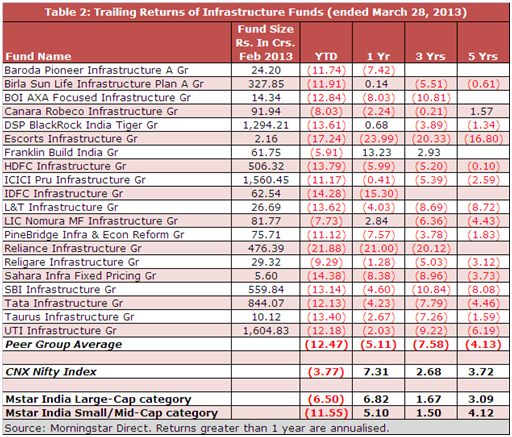
Negative Performance Over Five Years
By February 2013, the performance of these infrastructure funds was overwhelmingly negative. One-year, three-year, and five-year performances were all in the red. For instance, the five-year returns for these funds were devastating, with many showing negative Compound Annual Growth Rates (CAGR). This period followed the financial crisis of 2008, which hit infrastructure investments hard.
Nifty’s Lackluster Performance
During the same period, even the broader market, represented by the Nifty index, showed poor returns. The Nifty had a five-year CAGR of just 3.72% from 2008 to 2013. This return was likely lower than the inflation rate, meaning that the real value of these investments decreased. Large-cap and small-cap categories fared similarly poorly, with returns of around 3% to 4%.
Lessons from Historical Data
This historical example serves as a cautionary tale against the notion that investing in the market at any time will always yield positive returns. There are periods, such as the one from 2008 to 2013, where even broad market indices and sectoral funds fail to deliver positive results. The capital destruction during these times can be significant, and the same risks apply to current sectoral funds that are chasing trendy themes.
The Reality of Market Cycles
Investors must understand that the market does not guarantee positive returns every year. There can be extended periods of poor performance. For instance, the one-year return on Nifty was 7.3%, the three-year CAGR was 2.6%, and the five-year CAGR was 3.72%. These figures show that market downturns can persist, and it is crucial to manage expectations accordingly.
To protect your investments, it is essential to prepare for potential market downturns. If you have financial goals that require accessing funds within a few years, it is risky to rely on the market’s short-term performance. Instead, plan with the understanding that markets can hit rough patches, similar to the period from 2008 to 2013. By setting realistic expectations and having a long-term perspective, you can better navigate the uncertainties of the market.

Disclaimers and disclosures : https://tinyurl.com/2763eyaz
If you have any questions, please write to support@weekendinvesting.com

